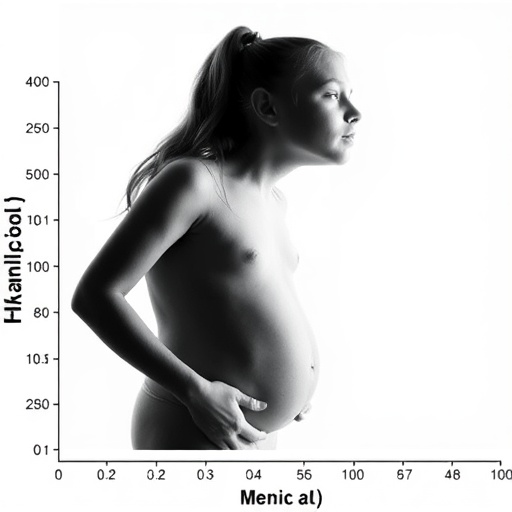
Credit: Photo by Ragnhild Larsson
Over time, depression has decreased among older women. But it is still nearly twice as frequent as among older men. This difference between men and women appears to be connected with both biological sex and gender expression, as a University of Gothenburg thesis investigating the prevalence of depression in 70-year-olds shows.
As life expectancy rises, depression in the older population is an escalating public health problem. The thesis shows that the prevalence of depression among 70-year-olds decreased among women, but not among men, from the mid-1970s to the mid-2010s. Nevertheless, depression remains nearly twice as common among women compared to men.
“The sex ratio in depression is a well-known phenomenon. Still, we don’t know the whole explanation for why this occurs, especially within the older population”, says Therese Rydberg Sterner, a new PhD graduate at the Institute of Neuroscience and Physiology at the University of Gothenburg.
Today, the causes of depression are known to comprise a mix of biological, psychological, and social factors. But how gender-related factors are linked specifically to the sex ratio in the prevalence of depression remains unknown.
Gender expression includes various aspects of femininity, masculinity and androgyny. In Rydberg Sterner’s study, it was measured by asking the participants to rate their own gender-stereotyped traits on a scale of one to seven. The participants are not classified as being exclusively masculine or feminine; instead, both men and women have a combination of feminine and masculine features.
“The purpose is to nuance the sex ratio in depression and investigate whether people’s gender expression has any effect on their depression rates, irrespective of their biological sex,” Rydberg Sterner says.
The thesis shows that the prevalence of depression was higher among both men and women with a higher self-rated level of femininity. For masculinity and androgyny, the inverse was found — that is, men and women with higher self-rated levels of masculinity or androgyny had a lower depression rate.
“Since our survey was cross-sectional, we can’t say anything about the chicken or the egg for this association.”
To find out more about the association, Rydberg Sterner is currently collecting data about depression and gender expression in the follow-up examination of this cohort of septuagenarians who have now reached 75 years of age.
“We will be able to examine what comes first; is it depression that affects how we express ourselves and what we’re like, or does our gender expression influence the risk of having depressive symptoms, or the way we perceive and talk about our experienced symptoms?”
Based on previous research, one of the researchers’ hypotheses is that femininity might be connected with a greater propensity to communicate how one feels, compared with masculinity, but also that certain gender-stereotyped characteristics as such (e.g. problem-solving ability, logical thinking, self-assurance or worry), might be either risk or protective factors when it comes to depression.
The qualitative part of the thesis, which is based on focus group interviews, shows that the 70-year-olds who had suffered from depression expressed a lack of trust towards healthcare providers in terms of knowledge about, and treatment of, depression. In healthcare, there is no time for existential discussions before, during or after treatment.
“The interviewees feel that they aren’t seen and listened to by the care providers while they are seeking help and being treated for depression. They’d like more communication, and to get more information about their clinical picture, possible treatment options and side-effects, as well as information about what they themselves can do to avoid depression to recur.”
Rydberg Sterner hopes that her results will be used to further problematize the sex ratio in depression, and for giving depression among older people greater space in the research community in order to find additional preventive methods.
“It’s also important to point out that the prevalence of depression in the population can be influenced. Otherwise, we wouldn’t have seen it changing over time,” she says.
Her thesis is based on the latest investigation of 70-year-olds, carried out from 2014 to 2016, in the longstanding Gothenburg H70 Birth Cohort Studies, and also on the prevalence of depression found in these studies’ earlier cohorts of 70-year-olds.
###
Title: Depression among Swedish 70-year-olds. Sex differences from a gender perspective; http://hdl.
Media Contact
Therese Rydberg Sterner
[email protected]
Original Source
https:/





